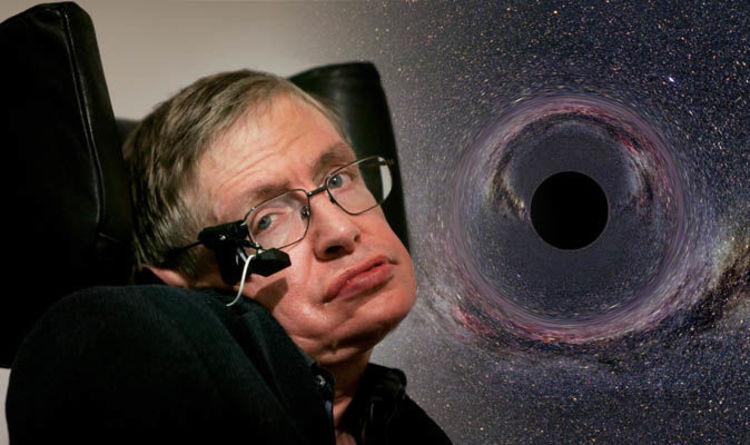A recent study conducted by an international team, led by researchers at the Max Planck Institute for Astrophysics, investigates the hypothetical scenario of capturing primordial black holes within newly forming stars. The team’s findings, published in The Astrophysical Journal, demonstrate that these black holes, known as Hawking stars, can have remarkably long lifetimes and bear resemblance to ordinary stars in many aspects. If identified, these stars could provide insight into the existence of primordial black holes and their role as a component of dark matter.
Selma de Mink, the director of the stellar department at the Max Planck Institute for Astrophysics, emphasizes the importance of asking unconventional questions in science to expand our knowledge and understanding. Although the existence of primordial black holes remains uncertain, conducting thought experiments can still yield valuable insights.
Primordial black holes, which may have formed shortly after the Big Bang, are believed to exist across a wide range of masses, ranging from the size of an asteroid to thousands of solar masses. They could potentially serve as significant contributors to dark matter and act as the seeds for supermassive black holes situated at the centers of galaxies.
In a rare event, a nascent star may capture a black hole with the mass of an asteroid or a small moon, leading to the formation of a Hawking star. These stars are named after Stephen Hawking, who proposed the concept in the 1970s. The growth of the black hole within a Hawking star is relatively slow, as the infalling gas required to fuel the black hole is impeded by the outflowing luminosity. Researchers have now simulated the evolution of such stars, considering different initial black hole masses and varying accretion models for the stellar core. The astonishing outcome of the study suggests that when the black hole’s mass is small, the Hawking star closely resembles a normal star.
Earl Patrick Bellinger, the lead author of the study and a postdoctoral researcher at the Max Planck Institute for Astrophysics, highlights the surprising longevity of stars harboring black holes at their centers. He suggests that even our sun could potentially possess a black hole as massive as the planet Mercury without our knowledge.
The primary distinction between a Hawking star and a conventional star lies in the core. The accretion onto the black hole causes the core to become convective, while the characteristics of the star’s surface remain unaltered, rendering them undetectable by present observation techniques. However, asteroseismology, a relatively new field that utilizes acoustic oscillations to explore the interior of stars, could potentially facilitate the identification of these Hawking stars.
Researchers predict that later in their evolution, during the red giant phase, the presence of a black hole could generate distinctive signatures. Upcoming projects like PLATO may enable the discovery of such objects. However, further simulations are necessary to determine the implications of introducing black holes into stars with varying masses and metallicities.
The search for Hawking stars presents an opportunity to explore the existence of primordial black holes if they were formed shortly after the Big Bang. Professor Matt Caplan from Illinois State University, who co-authored the study, suggests that these stars could be prevalent in globular clusters and ultra-faint dwarf galaxies.
Therefore, the study of Hawking stars could serve as a means to test the existence of primordial black holes and their potential role as constituents of dark matter.
*Note:
1. Source: Coherent Market Insights, Public sources, Desk research
2. We have leveraged AI tools to mine information and compile it

